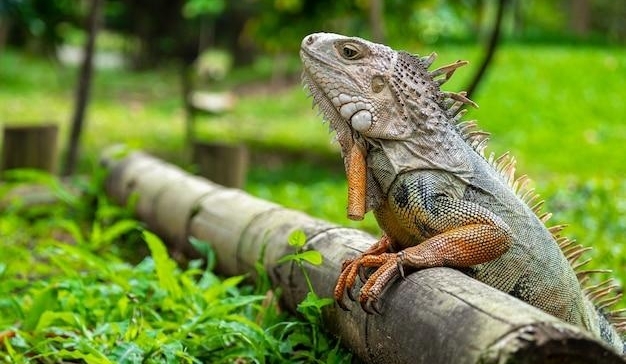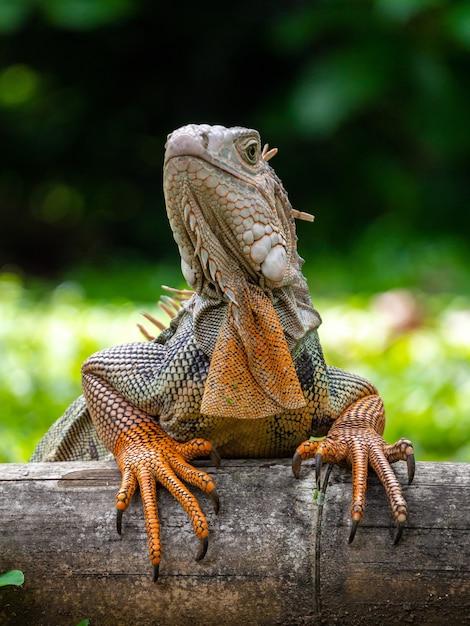Iguanas are known for their prehistoric appearance or fascinating behaviour and are popular reptilian pets. They may be fascinating to observe, but they can be real trouble when start destroying your property.
Let’s explore effective iguana removal methods in this blog.
What are Iguanas?
Iguanas, sometimes called green iguanas, are reptiles that vary in shades of green and brown. They have many notable traits, including spines along their back, a long tail, and a dewlap.
Iguanas get much bigger than other pet reptiles. Mature iguanas can weigh up to 13 pounds and grow to 6.5 feet long.
Why Iguanas Become a Problem?
Although they are not dangerous animals, iguanas can be a major problem in some places. For instance, the non-native green iguana population has increased dramatically in areas like South Florida, raising severe worries about property damage and the environment.
Iguanas frequently eat through vegetation, produce droppings that contain bacteria like Salmonella, and dig burrows that weaken foundations. The fact that iguanas are protected by a number of wildlife laws, means that any iguana removal must be done carefully.
And consideration for the welfare of the animal makes the matter much more challenging. Finding a balance between safeguarding your property and providing humane treatment for the animals is crucial.
Assessing the Iguana Plague
To effectively remove iguanas, the first step is to control the scope of the issue. You might not need to take affected actions if you’ve seen one or two iguanas in your garden.
Keep an eye out for specific meters, such as recently dug holes close to the water’s edge, tree claw marks, and plants that have been consumed or stripped. By recognising these signs, you can develop a more customised iguana removal strategy.

Humane Iguana Preventions
Making your environment less attractive to iguanas is one of the best plans to avoid infections. To safeguard delicate plants, start by trimming plants and trees to remove any hiding places.
You may also want to use a wire or net. You can also reduce the probability of iguanas relaxing in your yard by covering pools when not in use and filling in holes with soil or stones.
Repellants are another important method in iguana removal. Commercial iguana repellents can prevent these reptiles from entering specific areas because they are frequently prepared with elements like pepper or garlic.
Professional Iguana Trapping
If taking safety measures isn’t enough, you might want to think about using a professional iguana elimination service. In agreement with local wildlife laws, these professionals firmly capture and move iguanas using humane trapping methods.
Even though it can sound severe, this method is often required for serious infections where the iguana population is out of control.
Typically, trapping involves setting up attractive cages with eatables in busy locations. The iguanas are drawn into the traps by the attraction, which consists of fruit like bananas or mangos, enabling a safe catch.
Conclusion
Remember, sometimes a combination of strategies works best, and seeking expert advice may be necessary.

